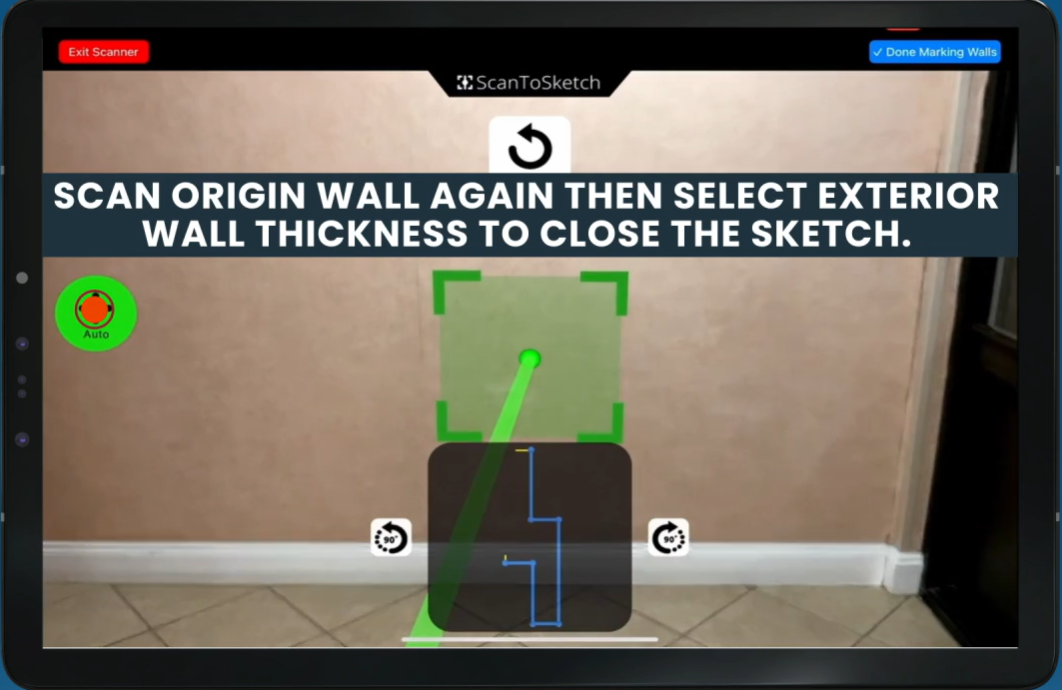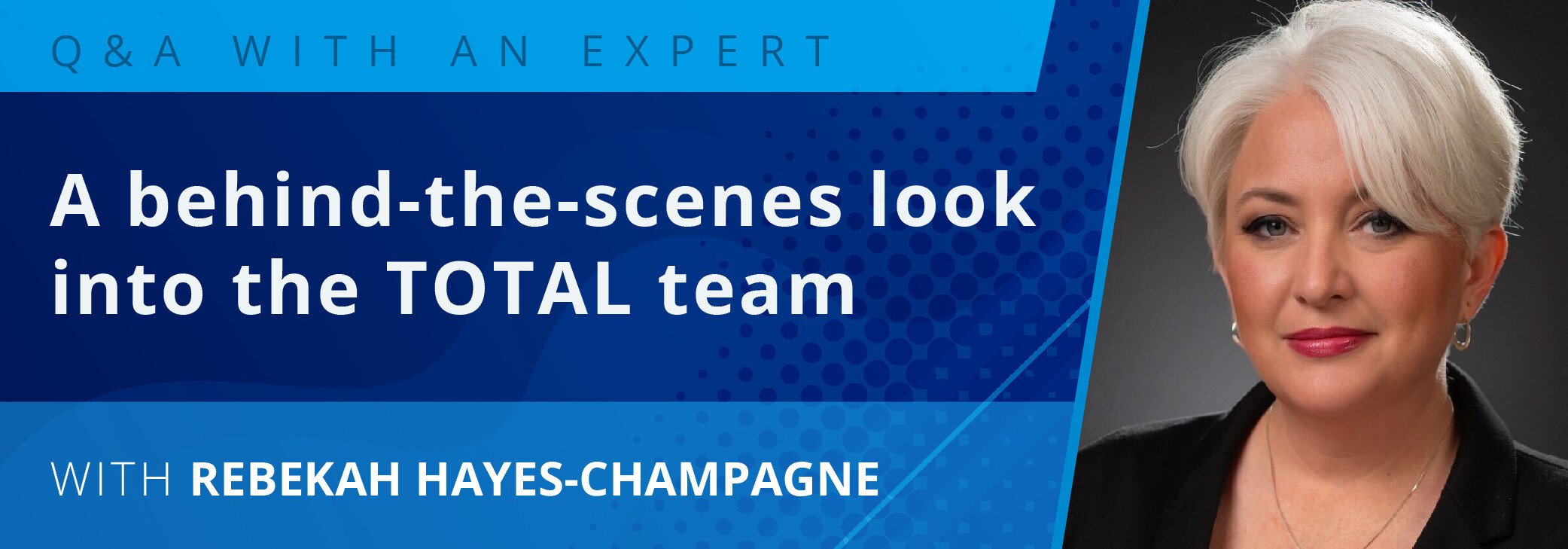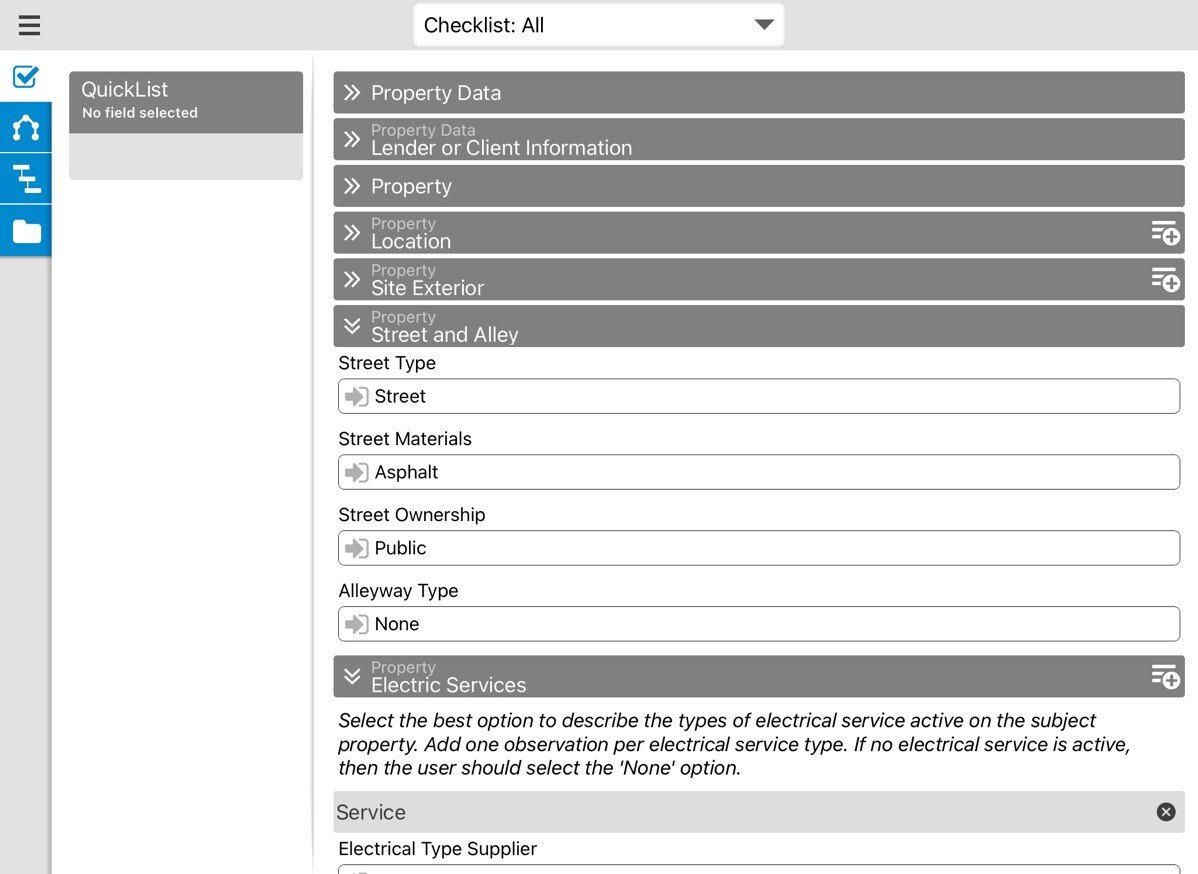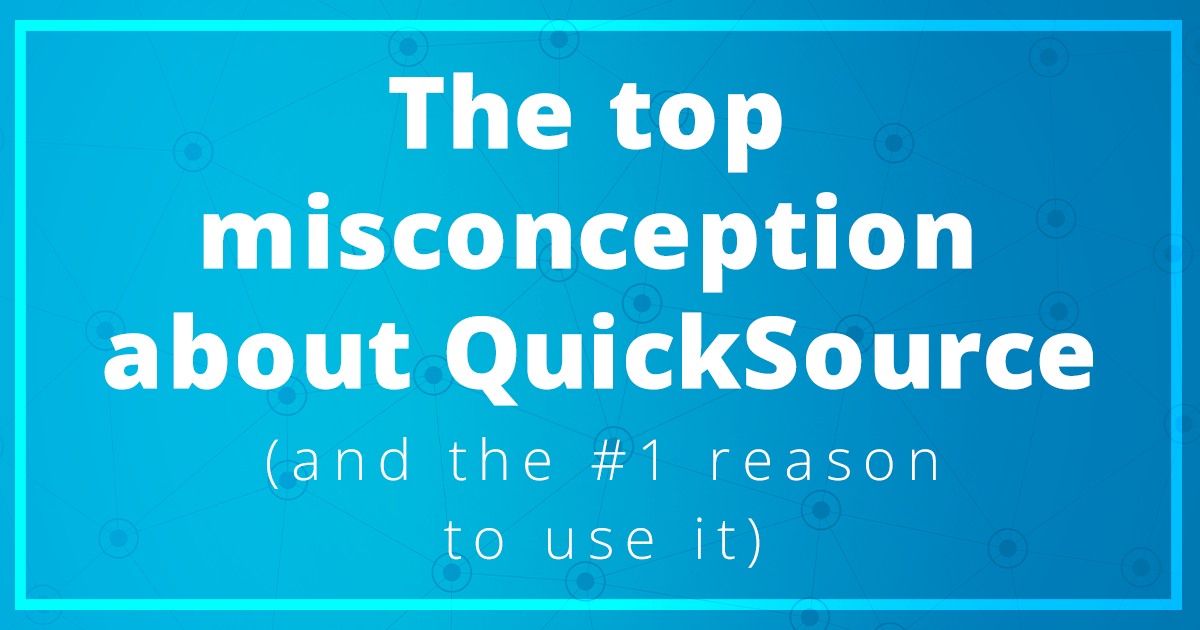Your customers may be able to afford more house for less money if they consider buying one considered energy efficient. As housing costs continue to rise despite low interest rates, more and more lenders are offering energy efficient mortgages (EEMs), a loan program in which lenders estimate monthly energy savings resulting from energy efficient improvements to qualify borrowers for a larger mortgage.
The EEM recognizes that energy-efficient homes cost homeowners less to operate on a monthly basis than standard homes, therefore, borrowers who choose such homes can afford to spend more on their housing expenses because they will likely spend less on their energy costs.
In fact, in many cases, buyers can afford a home that would be otherwise would be out of reach. A recent study by the Environmental Protection Agency found that about 7 percent more families would qualify for home financing if the home were rated for an energy-efficient mortgage.
How a home is rated
Energy-efficient mortgage lenders require a home-energy rating to verify that the home meets certain minimum energy-savings standards. Home energy ratings involve an on-site inspection of a home by a residential energy efficiency professional.
The Residential Energy Services Network (RESNET) is a group of representatives from mortgage companies, real estate professionals, builders and others responsible for maintaining national standards for home energy ratings and accrediting energy rating providers. According to RESNET, a home energy rater will inspect a home's insulation levels, window efficiency, wall-to-window ratios, the heating and cooling system efficiency, the solar orientation of the home, and the water heating system. Diagnostic testing, such as blower door for air leakage and duct leakage testing, is also part of the rating.
The data gathered by the home energy rater is input into a computer program and translated into points. The home receives a point score – between one and 100, depending on its relative efficiency. An estimate of the home's energy costs is also provided. The home's energy rating is then equated to a Star rating ranging from a 1 Star for a "very inefficient home" to a 5 Star for a "highly efficient home." Along with the rating sheet, a home owner receives a report listing cost-effective options for improving the home's energy rating.
What to tell your customers
Maximum loan-to-value (LTV) is 100 percent and combined loan-to-value (CLTV) is 105 percent. LTVs are based on the value of the property. For new construction, LTV is based on the lesser of the purchase price or the appraised value of the Property plus the Energy Savings Value as determined through third-party verification.
In most EEMs, the borrower contribution is 3 percent from his or her own funds and/or other flexible sources, gifts, or grants. Utility and manufacturer rebates can also be applied toward the transaction.
Energy efficient homes can be a great investment for your customers. They'll cost less to heat and cool and net a better return when selling because of the higher resale value. In fact, an October 1998 article in Appraisal Journal, cited that for every dollar saved on annual energy costs, a home increases in value $20 – and that was six years ago. The number is likely higher today.
And for you, the increasing market demand for energy efficient homes – both new and existing – translates more money in your pocket.



.png)

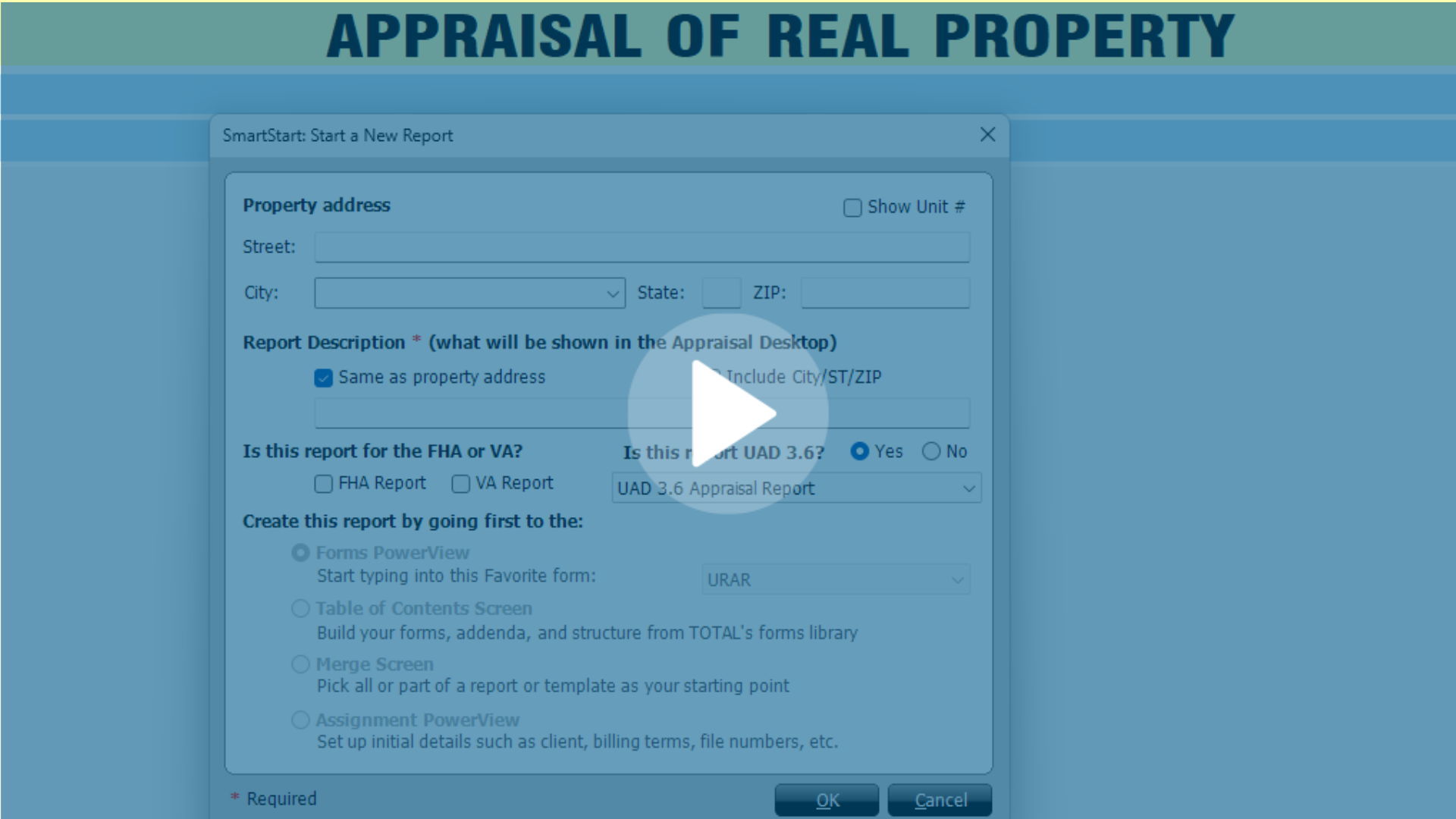


.png)
-1.png)
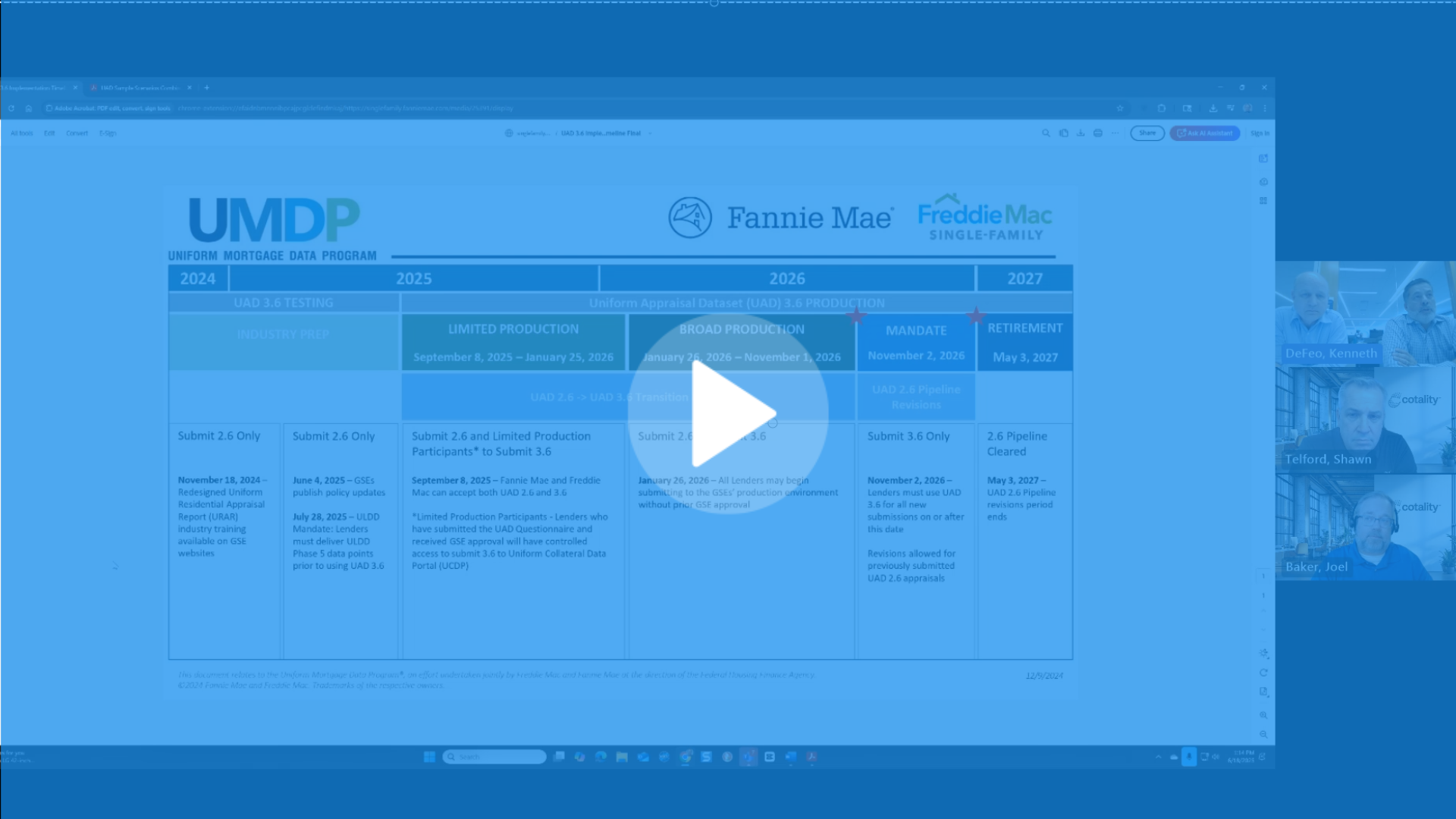
.png)

.png)
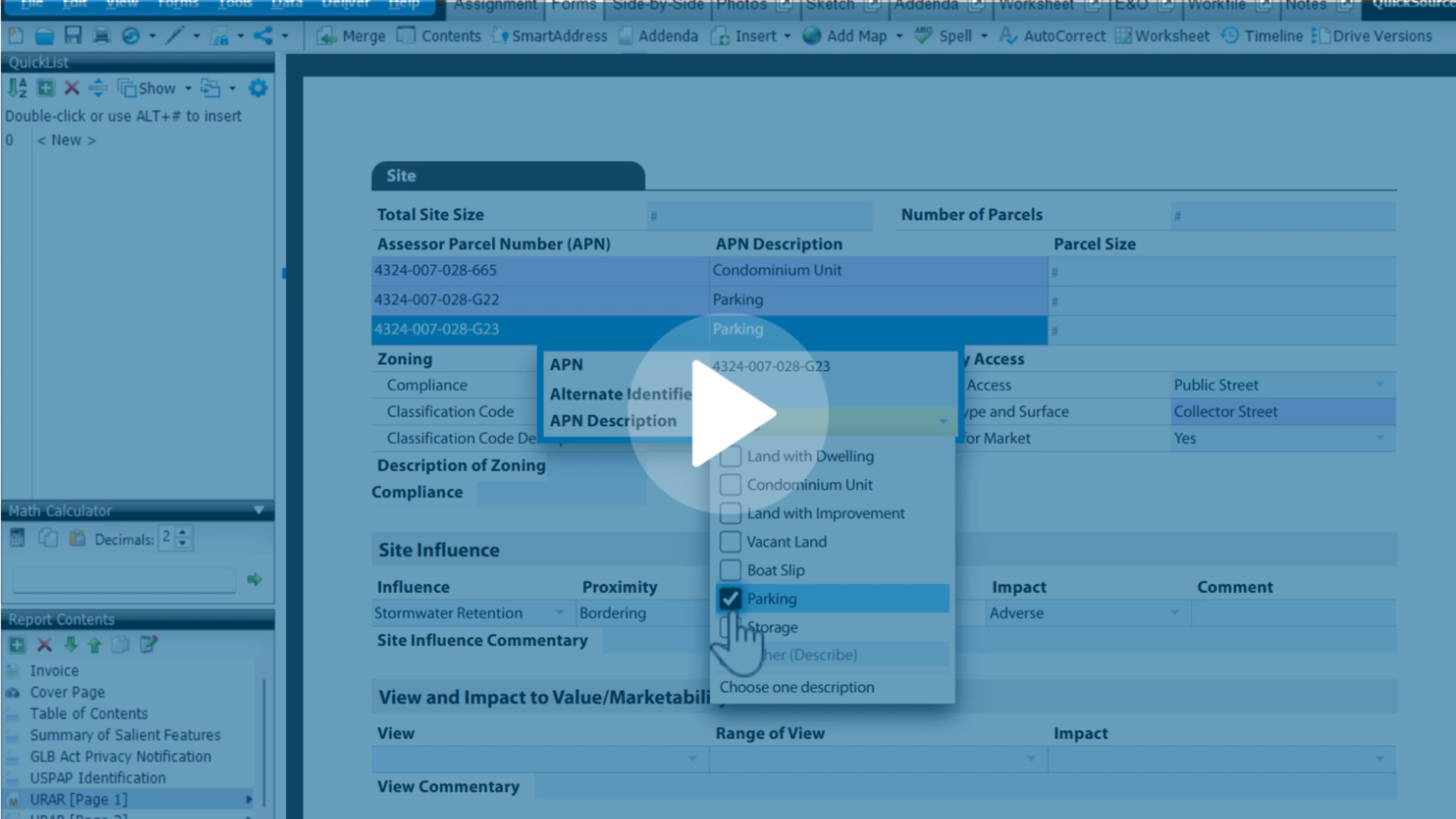
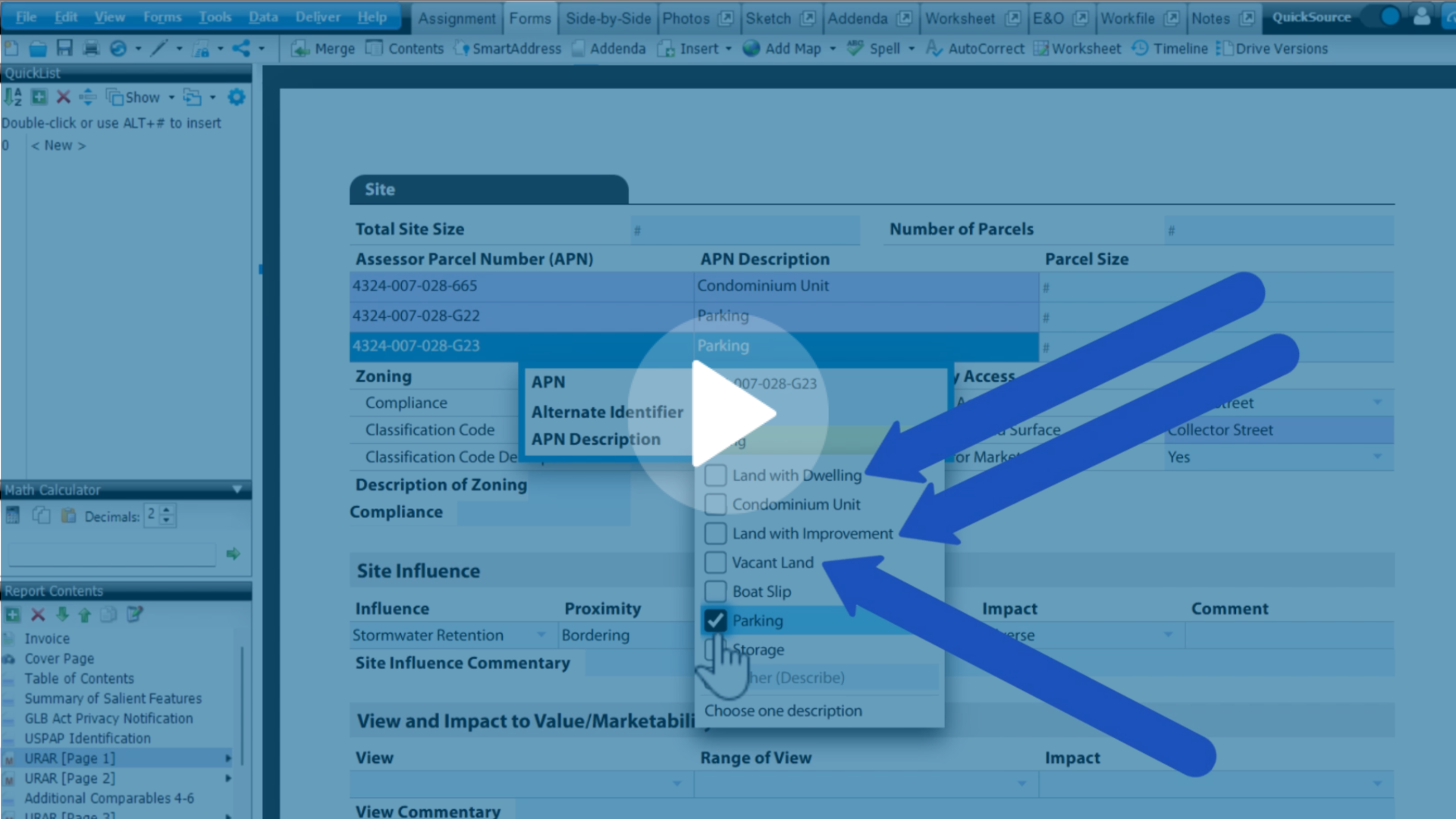
.png)
.png)

.jpg)
.png)

-1.png)



